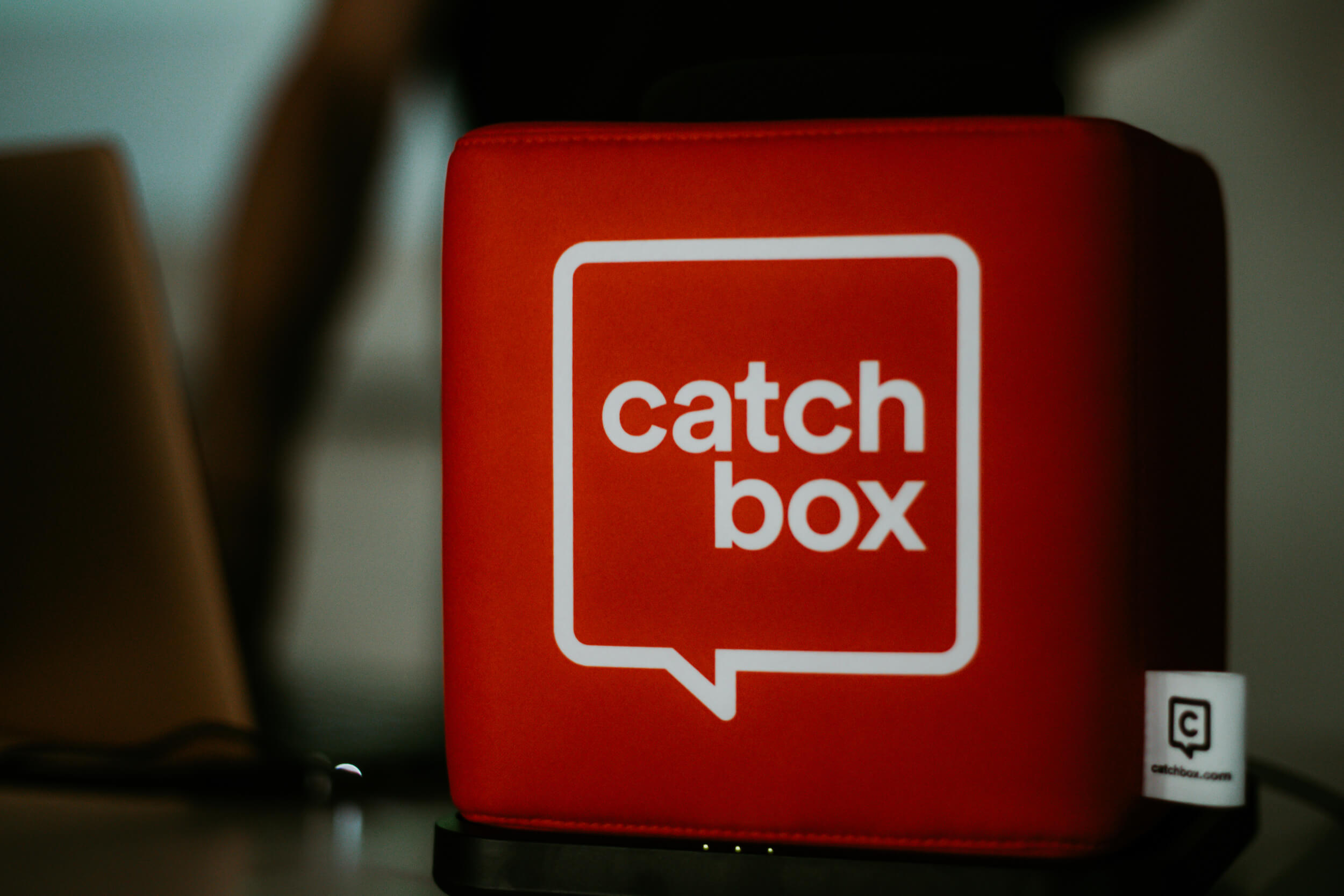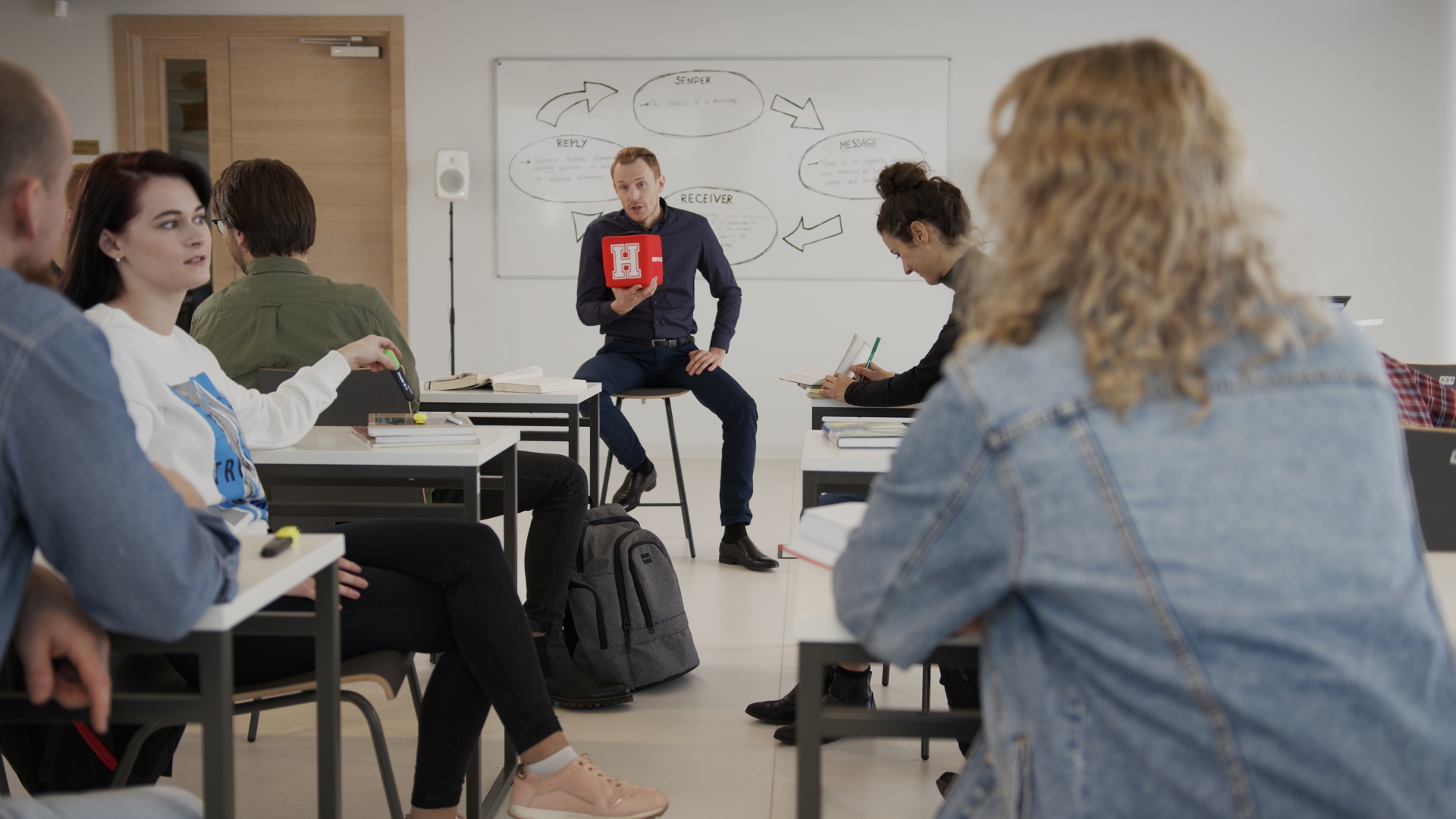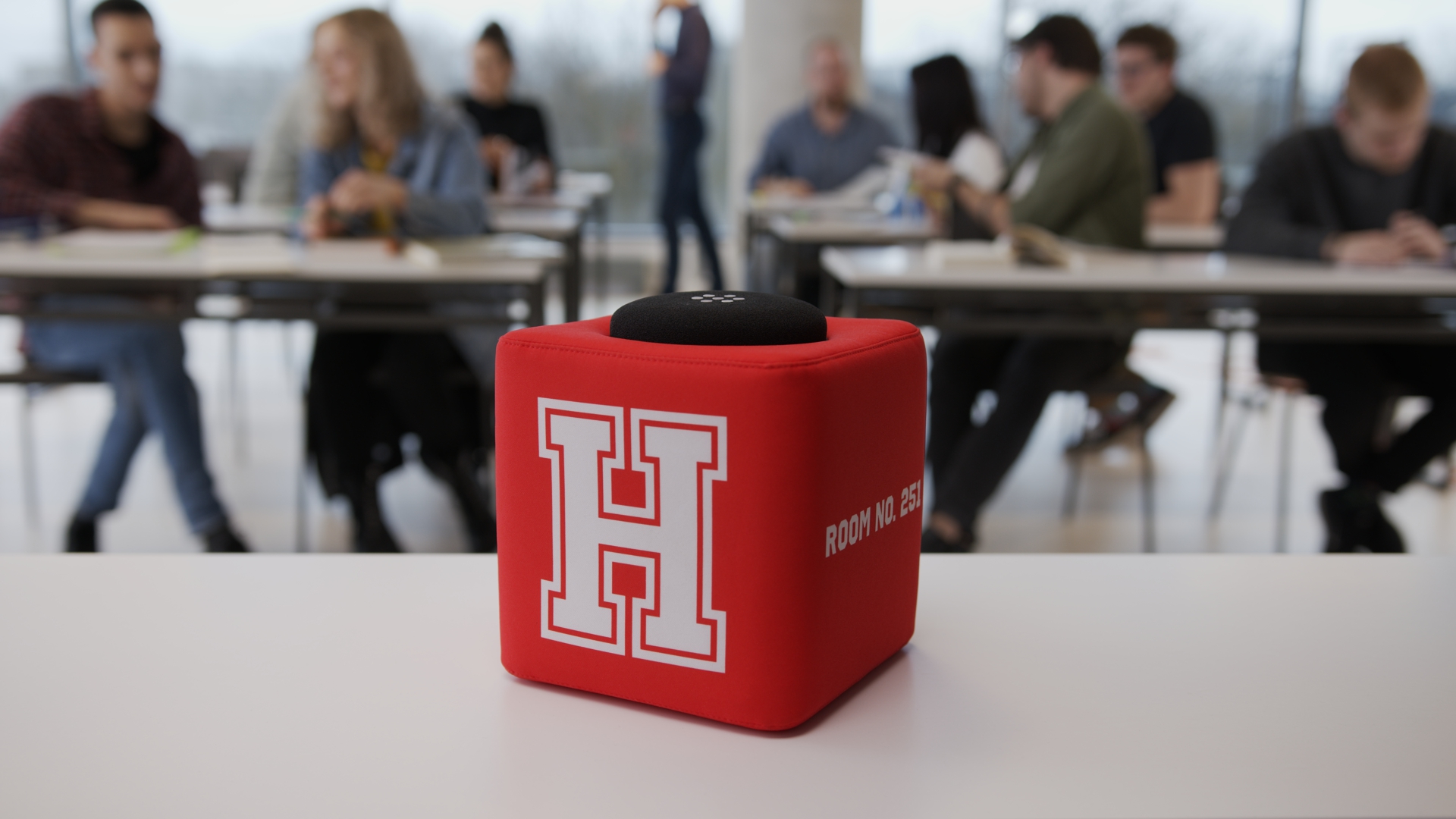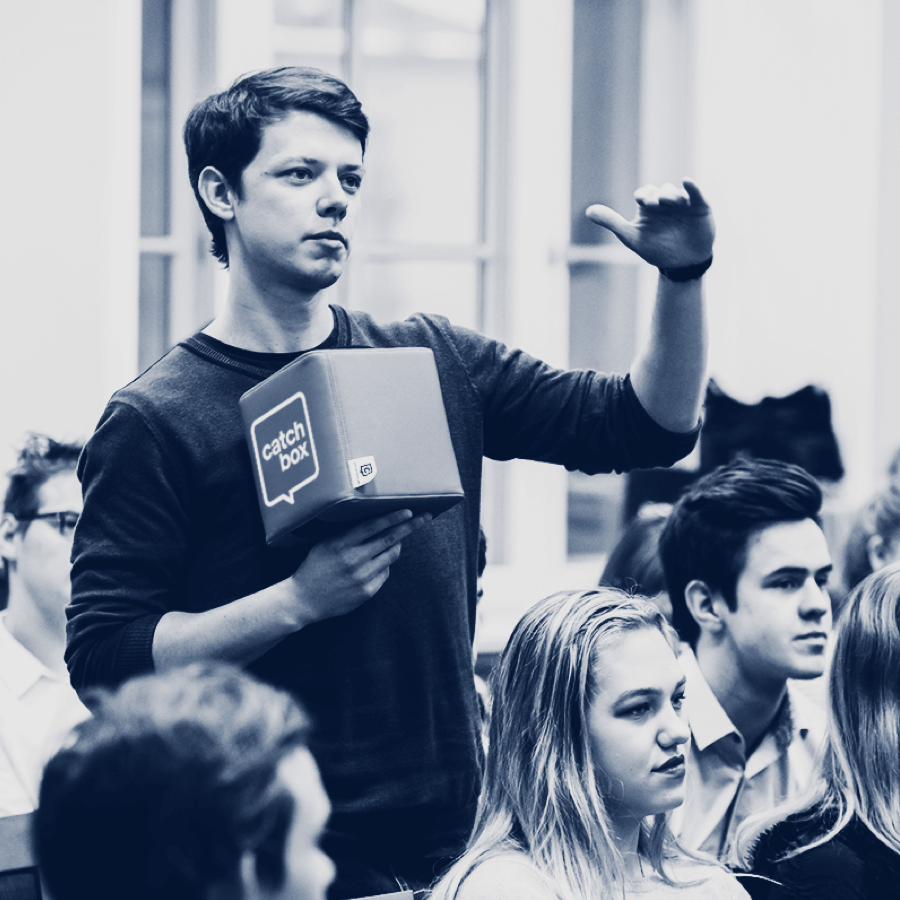Lebanon High School Case Study
Tackling inclusivity during the pandemic with Catchbox as an assistive technology in the classroom
Published on: Oct 18, 2021
Since the start of the Covid-19 Pandemic, educators everywhere have had to battle a wide variety of challenges just to ensure that students can continue their studies. Though remote and hybrid learning has helped many students retain their access to high-quality education, these solutions can leave some students feeling left out.
In this case study, we explore how Lebanon High School uses Catchbox as an assistive learning technology to create a more inclusive learning environment for all students.

Emma is a diligent final year student at Lebanon High School in New Hampshire. She's also hard-of-hearing and has had to rely on hearing aids and lip-reading to participate in class in pre-pandemic times.
Last year's school closures and the shift to remote learning, while challenging for everyone, didn't impact Emma much more than it did her friends and peers. Lebanon High opted for Google Meet as its platform of choice, in part because the closed captions feature would automatically and accurately transcribe everything that was being said. This allowed Emma to seamlessly follow all her classes without having to rely on lip-reading from tiny, pixelated, and oftentimes laggy windows on her screen.
Then came November and Lebanon High reopened to in-person school for those who were able to attend. A majority of students opted to return to in-class learning and the school made the necessary adjustments to facilitate remote learning for those who chose to stay at home.
Unlike her peers, Emma didn't have much of a choice. Masks were mandatory on school premises which made lip-reading impossible. Accordingly, she had to stay at home, as the Google Meet captions were the only way she could participate in class.
With most students returning to the classroom, the remote learning dynamic shifted dramatically.
Student communication is more challenging in a combined learning environment
Previously, all discussions, academic and social, took place in Google Meet and other platforms with all the students in one place. Now, discussions between classmates were happening in person, leaving Emma and other remote students feeling excluded. More than that, it was impacting academic accessibility, as many of Emma's AP classes centered around peer discussion and participation.
As more and more institutions move away from full remote instruction and towards a mix of in-person and online, one persistent challenge has emerged for educators; how do you foster class discussion in a way that's inclusive of remote students?
In Emma's case, the issue could not be ignored or pushed back and addressed at a later date. In 2008, Congress expanded the Americans with Disabilities Act recognizing that students with invisible disabilities also need to be able to access school and that the school must provide assistive technologies in the classroom when required. “All students have a right to participate in class and communicate with their peers”, highlights Lebanon High School's 504 Coordinator Dana Jacobson-Goodhue.

For remote students to be included socially, these practices also have to extend beyond classwork.
“One of the things that has been particularly frustrating this year is that people aren't going to readily offer information if it's not pertinent”, explains Emma. “In one conversation, I asked ‘what's everyone talking about?’ and someone replied ‘Oh, it's not about school so don't worry about it’ and that just leaves me waiting for them to decide to focus again”.
Emma's peers, however, were responsive to the situation and inclusivity became a habit – even if it meant just leaving the microphone on when talking about non-school things.
For Lebanon High, it was the technical side that posed the bulk of the challenge.
Exploring potential solutions
To ensure a proper learning environment for Emma, all conversations had to be captured well-enough for Google Meet to caption them.
Lebanon High tried a variety of solutions. They tried equipping every student with a Chromebook, but the constant feedback piercing everyone's ears was too much. Phonak omnidirectional microphones, recommended to them by audiologists, didn't fare much better—they only picked up the voices of students sitting next to them, leaving those in the periphery unheard. Plus, the microphones were fragile. A single bump on the desk and the microphone might fall and break.
Breaking new ground with Catchbox
With Emma struggling through these communication issues for most of a semester, Dana was resigned to hiring a full-time transcriber to sit in the classes and note everything down. But then the school's tech integrator, Andrew Gamble, suggested giving Catchbox Plus a try in a last-ditch effort to find an assistive classroom technology that could solve the issue.
The lengths to which Lebanon High had to go to find a working solution surprised Dana, especially given that most schools nationwide were working with hybrid classrooms. “It felt like we were breaking new ground”, she recalls.
Assistive learning technology creates a better classroom experience for everyone
The Catchbox Plus came with two wireless microphones—a compact mic for the teacher to wear on a lanyard, and a larger one in a foam casing, to be used by the students. The students would pass around the Catchbox when talking and it meant every word said was captured by Google Meet captions to the benefit of Emma and other remote students.

It has been ideal for group work and most classes. More than that, the Catchbox has given remote students a physical presence in the classroom.
“One of my favorite things about it is not just being in the loop academically, but rather when after class friends come up, grab the Catchbox and say things like “Hi Emma, how are you?” and have a chat. It's just really nice to talk to people and hear what's being said,” explains Emma.
The students find the foam-encased microphone engaging and easy to use. And for Dana and the rest of the Lebanon High staff, knowing that Emma and other remote students are finally getting as close to an in-class experience as possible validates the entire journey.

Speak to our expert team
Get in touch
Interested in learning more about Catchbox as an assistive learning technology tool? Speak to our expect team today and see how Catchbox can help to transform your classroom or learning environment.